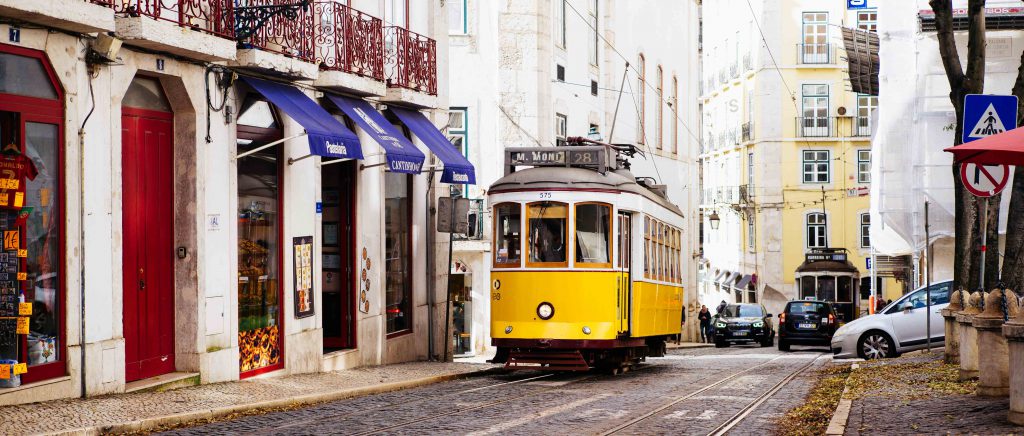Lisbon is the capital and the largest city of Portugal, with an estimated population of 505,526 within its administrative limits in an area of 100.05 km². Its urban area extends beyond the city’s administrative limits with a population of around 2.8 million people, being the 11th-most populous urban area in the European Union. About 3 million people live in the Lisbon Metropolitan Area. It is mainland Europe’s westernmost capital city and the only one along the Atlantic coast. Lisbon lies in the western Iberian Peninsula on the Atlantic Ocean and the River Tagus. The westernmost areas of its metro area form the westernmost point of Continental Europe, which is known as Cabo da Roca, located in the Sintra Mountains
Lissabon ist die Hauptstadt und die größte Stadt Portugals sowie des gleichnamigen Regierungsbezirks und liegt an einer Bucht der Flussmündung des Tejo im äußersten Südwesten Europas an der Atlantikküste der Iberischen Halbinsel. Ein gewaltiges Erdbeben besiegelte im Jahr 1755 den wirtschaftlichen Niedergang der Stadt, der bereits Jahrzehnte zuvor schleichend eingesetzt hatte, und sorgte in ganz Europa für Aufsehen. Im 19. Jahrhundert erlebte Lissabon einen Wiederaufstieg.
里斯本,亦称为葡京,是葡萄牙共和国的首都和最大都市。其位置位于葡萄牙中南部大西洋沿岸,城北为辛特拉山,城南为特茹河出海口,与伦敦、巴黎、罗马等同为西欧历史最悠久的城市。公元前205年起为罗马人统治,当时的统治者凯撒把这个地区升格为市,并命名为拉丁语:Felicitas Julia(意为“祝贺凯撒”)。1256年起正式成为葡萄牙王国的首都,从此发展成为欧洲和地中海一带重要的港口与贸易城市。地理大发现时代很多航海家都是由里斯本出发到世界不同的地方探险的,此后成为葡萄牙殖民帝国富甲一方的政治与商业中心,现今与波尔图同为葡萄牙两大代表性城市。里斯本是濒大西洋、坐落于特茹河河口的港城。市内的特茹河段因地形起伏而蜿蜒曲折,街市大多建在山丘之上。因市区内坡街遍布,故有别名“七丘之城”。在坡道上下行走的市营电车和缆车成为里斯本的特色标志。市区分为沿特茹河岸建的旧城,以及北部高地上的新城。

28E CCFL stopped at a station next to the Lisbon Cathedral 
Inside the Lisbon Cathedral 
The Tuk Tuk Car near the Lisbon Cathedral 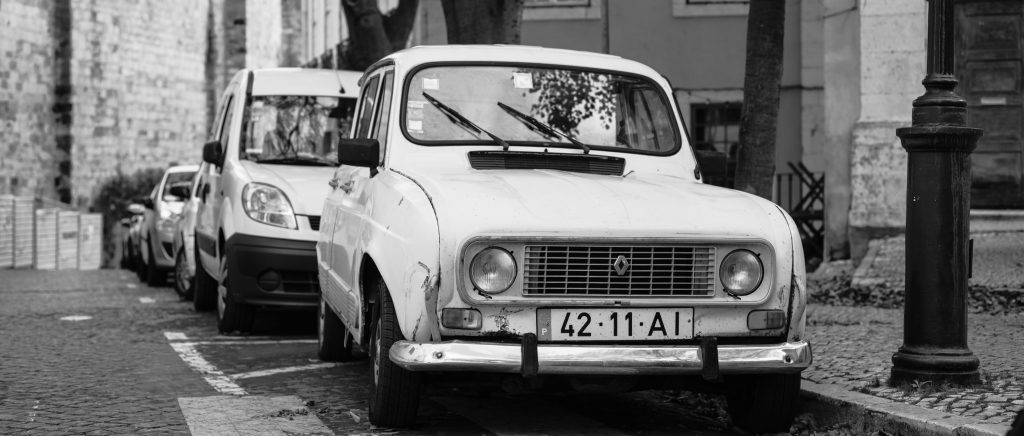
The old Renault near the Lisbon Cathedral 
Restaurant Marisqueira Uma 
Restaurant Marisqueira Uma 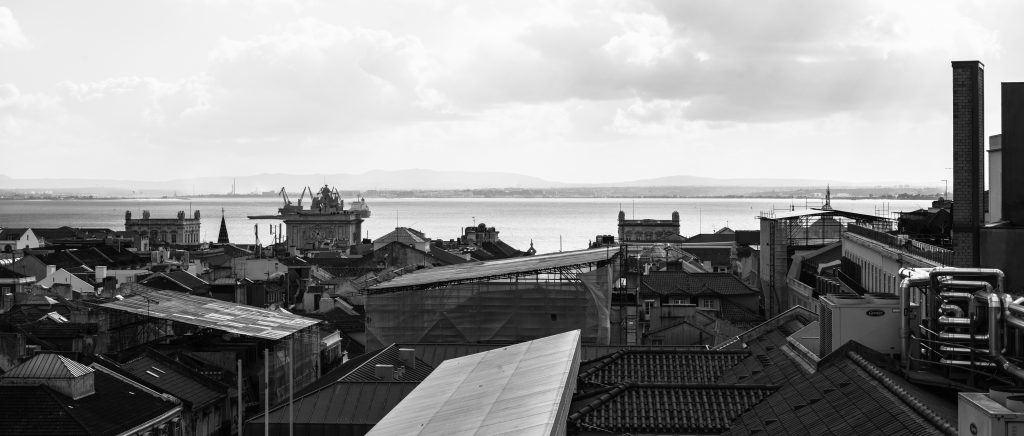
On the top of Santa Justa Lift 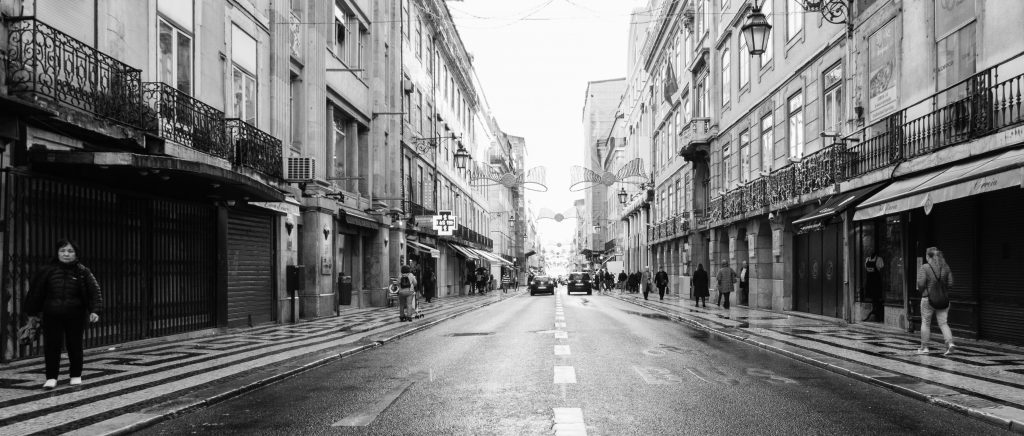
Street near the Elevador de Santa Justa 
Rua do Carmo near the Elevador de Santa Justa 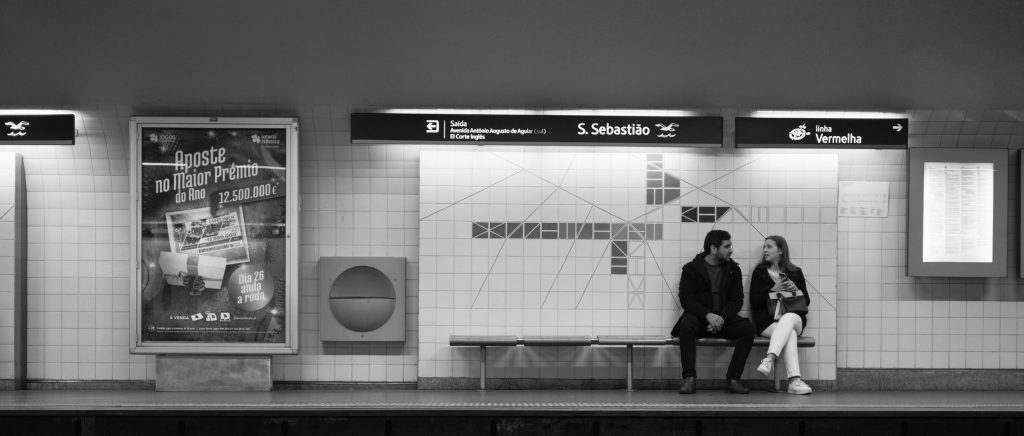
Metro station São Sebastião 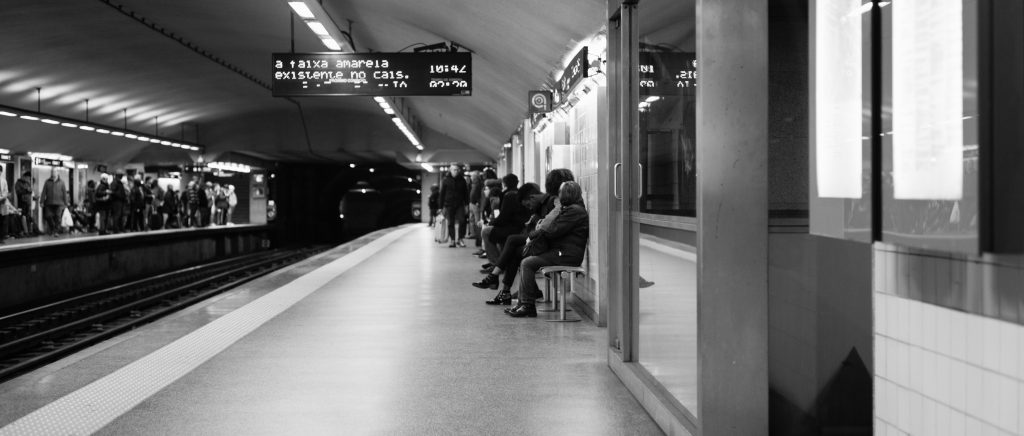
Metro station São Sebastião 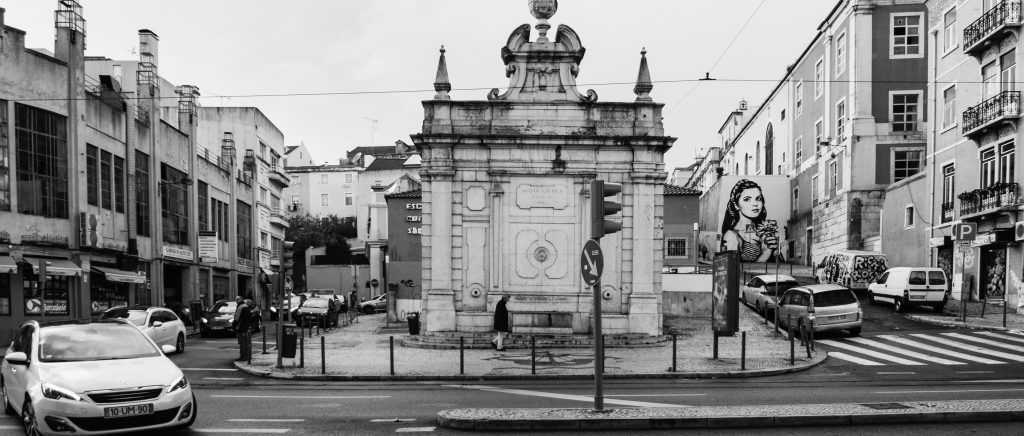
Street in Martim Moniz of Lisbon
